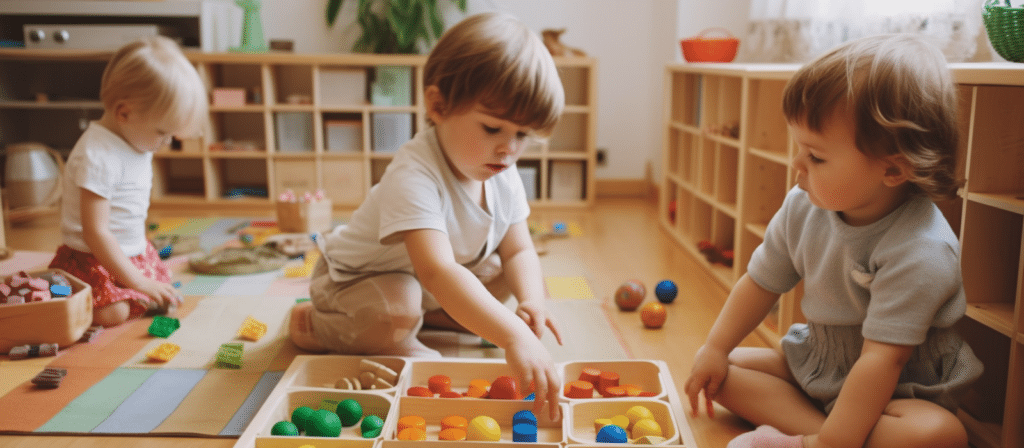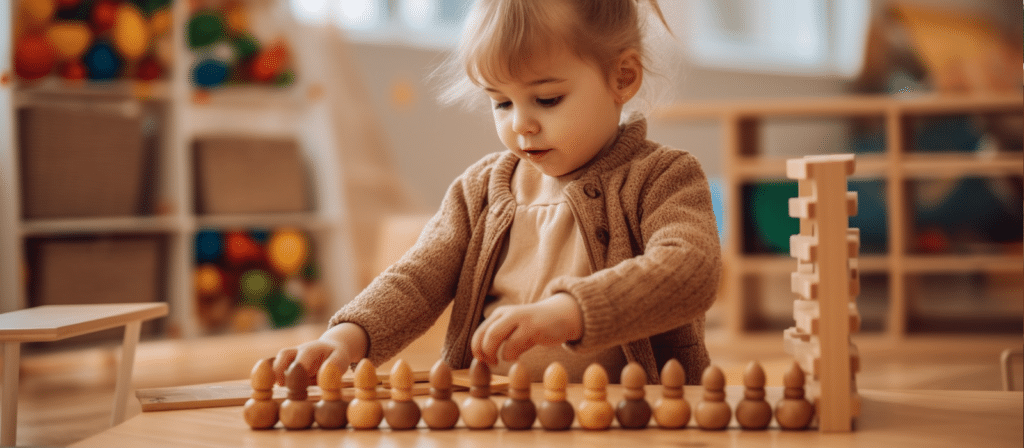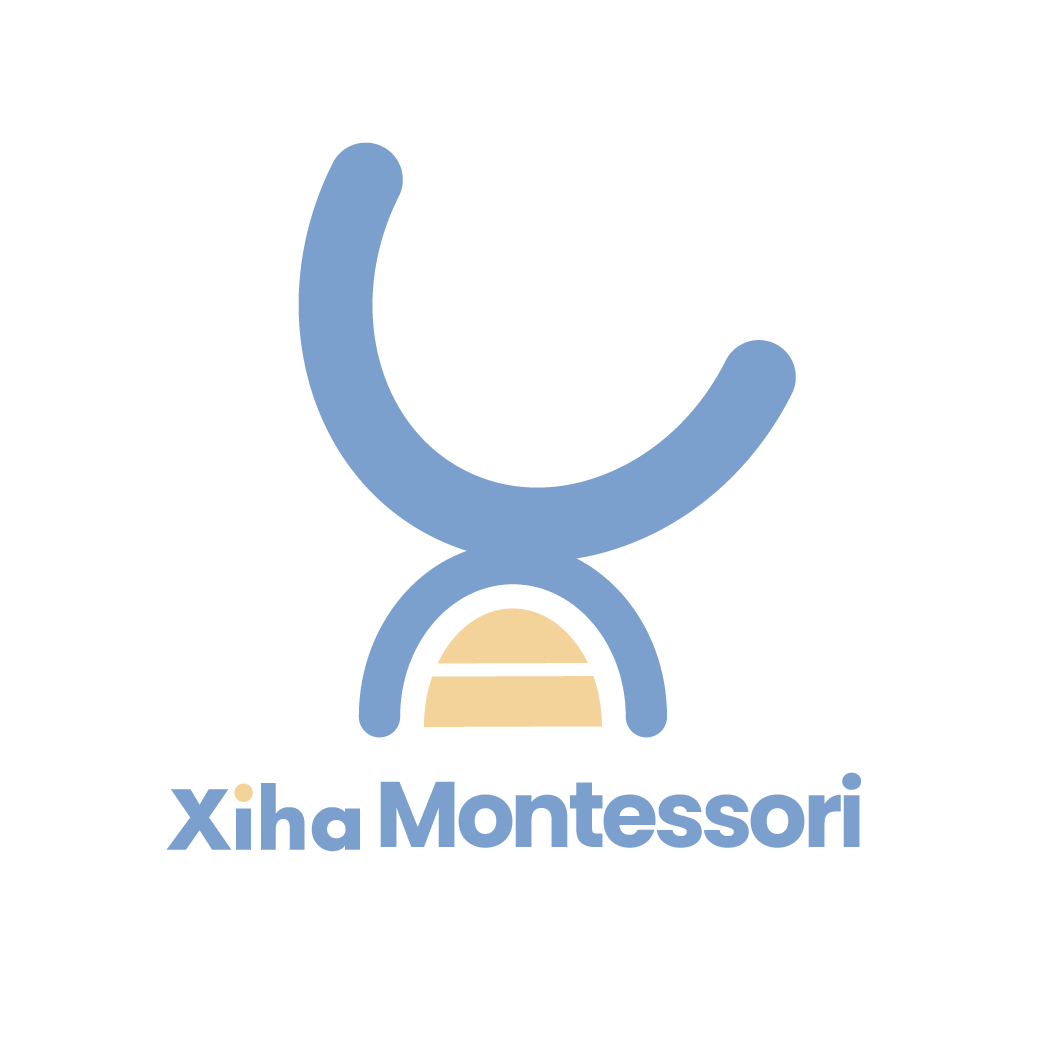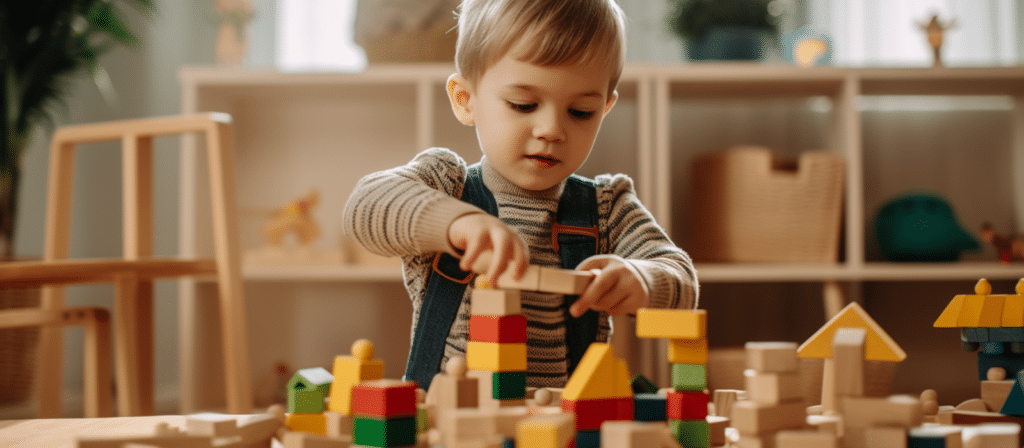One approach that has gained popularity in recent years is the Montessori method. Developed by Dr. Maria Montessori, this educational philosophy emphasizes hands-on learning and self-directed exploration. One of the key elements of the Montessori approach is the use of specially designed materials.
Ever wondered how to bring the essence of Montessori education into your home? Discover the joy of creating Montessori materials yourself. Uncover the secrets of crafting engaging and purposeful educational tools that nurture your child’s development while having fun together.
Montessori materials are carefully crafted to engage children and promote their cognitive development. These materials often involve sensory experiences and are designed to encourage independent exploration and problem-solving. While you can purchase Montessori materials from various educational suppliers, making them at home can be a fun and cost-effective alternative. So, let’s dive in and explore some DIY Montessori materials!
How to Make Montessori Sandpaper Letters?
One of the fundamental Montessori materials is the sandpaper letters. These tactile letters help children learn the shapes and sounds of the alphabet. Making your own set of sandpaper letters is relatively simple.
Materials needed:
- Cardboard or wooden letters
- Sandpaper sheets
- Glue

Instructions:
- Cut out cardboard or wooden letters in the desired size and shape.
- Apply glue to the front surface of each letter.
- Place a piece of sandpaper on top of the glued surface, ensuring it covers the entire letter.
- Press down firmly to ensure the sandpaper adheres well to the letter.
- Let the letters dry completely before use.
By creating your own sandpaper letters, you not only save money but also personalize the experience for your child. You can choose different colors or textures of sandpaper to make the learning process even more engaging!
DIY Montessori Sensorial Materials
The Montessori sensorial materials are designed to stimulate a child’s senses and refine their perception of the world. These materials help children develop their fine motor skills, hand-eye coordination, and concentration. Here are a few ideas to make some sensorial materials at home:
- Color Tablets: Create a set of color tablets by cutting out small squares or circles from colored cardstock or construction paper. Make sure to use different shades of each color to help children distinguish between them.
- Sound Cylinders: To make sound cylinders, find small containers with removable lids. Fill each container with different materials such as rice, dried beans, or small bells. Make pairs of containers with similar sounds to create a matching activity for your child.
DIY Montessori Math Materials
Mathematics is an integral part of the Montessori curriculum, and the materials used to teach math concepts are designed to make abstract ideas tangible and concrete. Making your own Montessori math materials can be a rewarding experience. Here are a couple of examples:
- Number Rods: Number rods are used to introduce children to the concept of quantity and length. To make your own number rods, cut wooden dowels or sticks into different lengths, each corresponding to a specific number. Paint the ends of each rod in a different color to represent the numerical value.
- Number Cards: Print out or draw number cards from 1 to 10 and cut them out. You can use colored cardstock for added visual appeal. These number cards can be used for counting, matching, and various math activities.

DIY Montessori Language Materials
Language development is a vital aspect of the Montessori approach. Language materials are designed to foster vocabulary growth, reading skills, and writing abilities. Here are a couple of language materials you can easily create at home:
- Phonics Sound Boxes: Find or create small boxes with lids and label them with different letter sounds. Fill each box with objects or pictures that correspond to the sound. For example, the “a” sound box could include items like an apple, ant, and acorn..
- Sight Word Cards: Create a set of sight word cards by writing common sight words on index cards or small pieces of paper. Use a different color for each word to make them visually distinct. These cards can be used for various reading and spelling activities.
In conclusion, making Montessori materials at home can be a rewarding and enriching experience for both you and your child. By using everyday materials and a bit of creativity, you can provide your little one with engaging learning tools that align with the Montessori philosophy. So, roll up your sleeves, embrace your inner DIY enthusiast, and create a Montessori-inspired learning environment that will captivate and inspire your child’s curiosity and love for learning!




